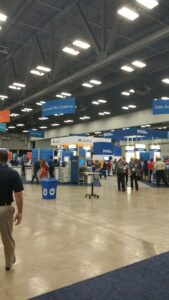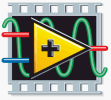Brainless LabVIEW Programming: CLA Summit 2016
One of the presentations I attended at this years Certified LabVIEW Architects summit was given by Darren Nattinger of National Instruments. Darren is a Principal Engineer in LabVIEW R & D. One of the many things he’s responsible for is getting the Quick Drop feature added to LabVIEW. His presentation was titled, ”An End to Brainless LabVIEW Programming”.











